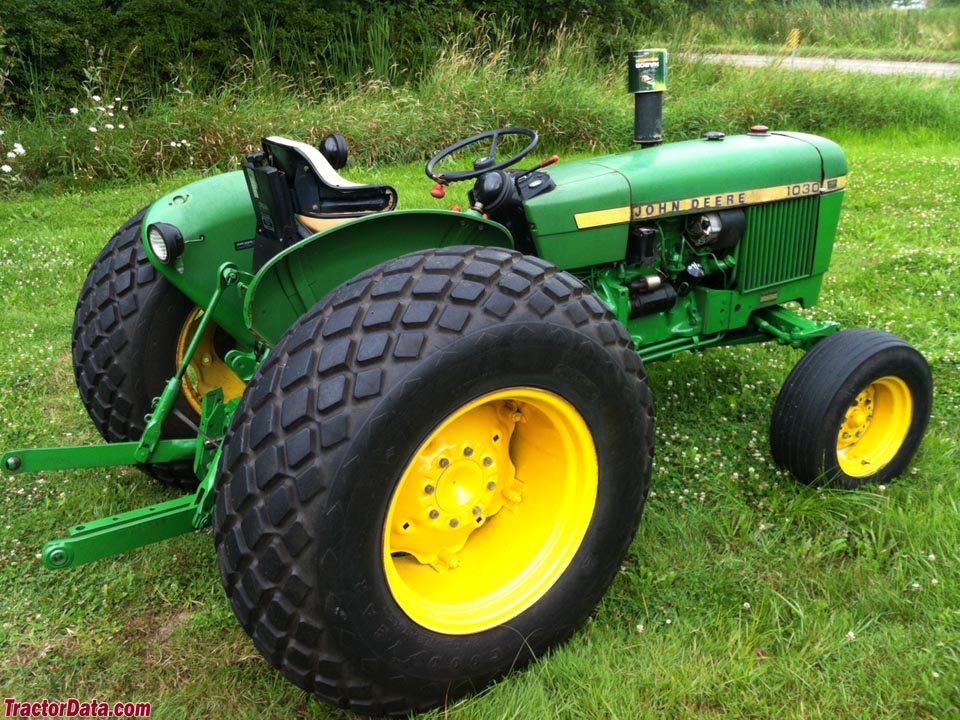In the heart of every thriving farm lies a powerhouse of productivity – the trusty tractor. Traditionally, tractors have been synonymous with the epitome of manual labor in agriculture. However, in the 21st century, the agricultural landscape is undergoing a seismic shift, driven by data. Tractor data, once confined to fuel consumption and maintenance schedules, is now at the forefront of a digital revolution that is reshaping the way farmers approach their craft.
The Rise of Smart Tractors:
Gone are the days when a tractor was simply a means of pulling plows and cultivating fields. Today, tractors are equipped with an array of sensors, GPS systems, and advanced telemetry that gather an unprecedented amount of data during every pass through the fields. This wealth of information is transforming how farmers make decisions, optimize operations, and ultimately increase yields.
Precision Farming:
Tractor data plays a pivotal role in the adoption of precision farming techniques. GPS technology embedded in modern tractors enables farmers to precisely navigate their fields, ensuring that every square meter is treated with the right amount of seeds, fertilizers, and pesticides. This not only maximizes efficiency but also minimizes environmental impact, as resources are used more judiciously.
Predictive Maintenance:
One of the significant advantages of tractor data is its role in predictive maintenance. Sensors on tractors constantly monitor various components, detecting anomalies and predicting potential failures before they occur. This proactive approach not only reduces downtime but also saves farmers money by preventing costly repairs and replacements.
Yield Monitoring:
Tractor data isn’t just about the mechanics of the machine; it extends to the very output of the farming process. Yield monitoring, facilitated by sensors and data analytics, allows farmers to understand variations in crop performance across different parts of the field. This insight enables them to make informed decisions about crop rotation, soil management, and irrigation, ultimately optimizing the overall yield.
Data Integration and Connectivity:
The real power of tractor data lies in its integration with other agricultural technologies. Advanced farm management systems can collect, process, and analyze data not only from tractors but also from drones, weather stations, and other smart devices. This interconnected web of data provides farmers with a holistic view of their operations, empowering them to make data-driven decisions that enhance productivity and sustainability.
Challenges and Considerations:
While the digitalization of tractor data brings tremendous benefits, it also presents challenges. Farmers need to grapple with issues related to data privacy, cybersecurity, and the potential digital divide. Additionally, there is a learning curve associated with adopting these technologies, and some farmers may require support to fully harness the capabilities of smart tractors.
Conclusion:
The era of smart tractors and data-driven agriculture is here to stay. As the digital transformation of farming continues, the role of tractor data will only become more integral. Farmers who embrace these technologies stand to gain not only in terms of increased productivity but also in contributing to a more sustainable and efficient future for agriculture. The tractor, once a symbol of manual labor, is now a beacon of innovation, guiding the industry towards a new era of precision, efficiency, and abundance.

